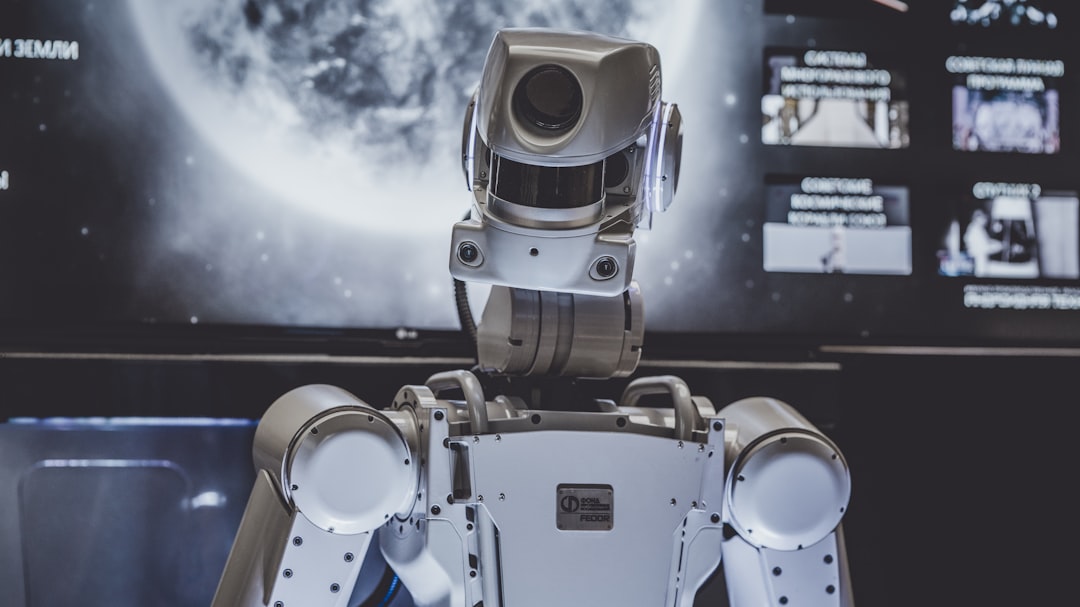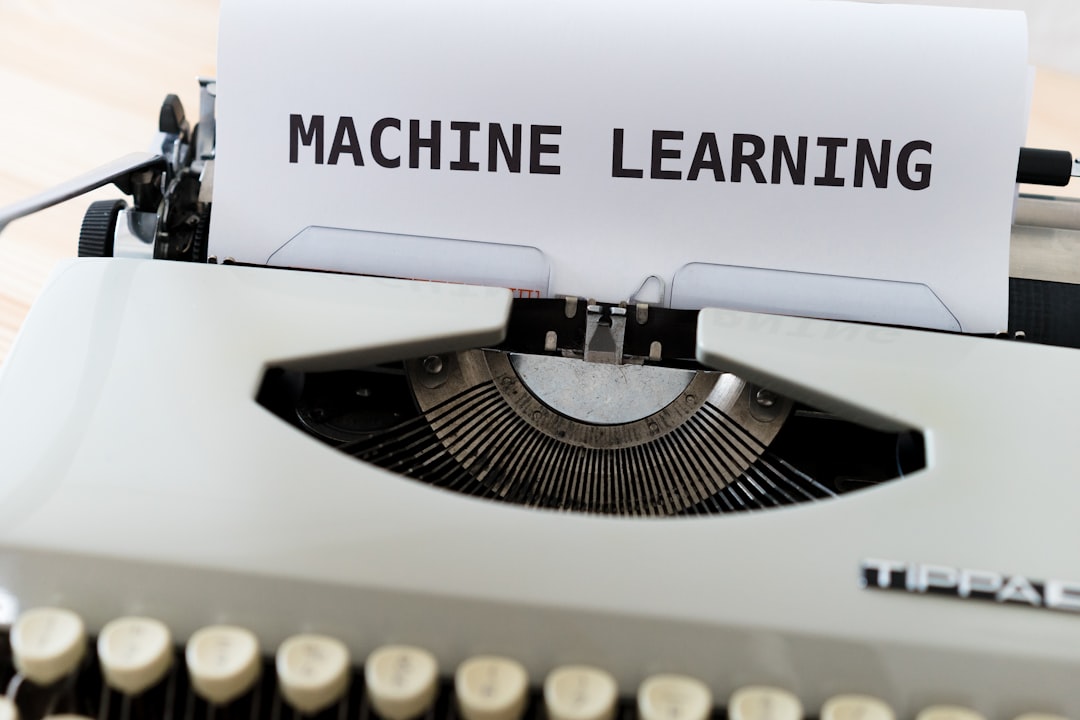According to recent research, chatbots are quickly becoming one of the most popular uses of artificial intelligence (AI) in business. These automated conversation systems, also known as virtual assistants or digital personal assistants, have the ability to chat with customers, answer questions, provide support, and assist with a variety of tasks.
For businesses, chatbots represent a valuable opportunity to enhance customer service, streamline operations, and drive new revenue. As the field of machine learning continues to evolve, chatbots are getting increasingly sophisticated, and are more adept at learning and adapting to user interactions.
In this blog post, we’ll explore the importance of chatbots in business, and focus on the role that machine learning plays in helping them become smarter, more efficient, and more effective at meeting customer needs. You’ll learn about the types of chatbots that incorporate machine learning, the ways in which machine learning helps these bots learn from user interactions, the benefits of chatbots getting smarter over time, and real-world examples of chatbots using machine learning to improve their capabilities.
By the end of this post, you’ll have a better understanding of the future of chatbots and machine learning in business, and be better equipped to harness their power for your own organization. So, let’s dive in!
Understanding What Machine Learning Is
In today’s world, machine learning is a term that is widely talked about. It is a subset of artificial intelligence which enables machines to learn from data, without being programmed explicitly. Machine learning algorithms help in extracting patterns from data and thus learning from that to improve decision making. Machine learning can be classified into three categories: supervised learning, unsupervised learning, and reinforcement learning.
Supervised learning is a technique where the machine learning model is trained with labeled input data, and later it is used to predict outcomes based on new input data. For instance, if you wish to create a chatbot that can answer questions about products and services, you first need to train it with relevant data. This is where supervised learning comes into play. By feeding the chatbot with labeled data, it can learn to predict outcomes based on new information.
Unsupervised learning, in contrast, is a technique where the machine learning model is trained with unlabeled data, and it is expected to learn the patterns and structure of the data on its own. This technique is used when the machine learning model has to identify hidden patterns in the data.
Reinforcement learning is a technique where the machine learning model learns to make decisions by being trained on feedback mechanisms. Based on the feedback it receives, it can adjust its behavior and learn to make better decisions. This technique is commonly used in gaming.
In the context of chatbots, machine learning is essential as it allows them to get smarter with time. By feeding chatbots with large amounts of data, they can learn to predict outcomes based on new data inputs. Machine learning enables chatbots to personalize their interactions based on the users’ preferences and history, thereby making the interactions more relevant and engaging.
Overall, understanding what machine learning is and the different techniques available is crucial when creating intelligent chatbots that can learn and adapt with time. The next section delves more into the different types of chatbots that incorporate machine learning.
By feeding the chatbot with labeled data, it can learn to predict outcomes based on new information.
Types of Chatbots that Incorporate Machine Learning
Chatbots have revolutionized the way businesses handle customer engagements, and their utility is only growing over time. Among the many advancements in technology, machine learning is a crucial component that allows chatbots to learn from user interactions and improve their performance over time. But not all chatbots are created equal, as some utilize machine learning more effectively than others. In this section, we’ll explore the types of chatbots that incorporate machine learning and how they are different from one another.
Rule-based Chatbots: These chatbots are programmed to follow a set of predefined rules, and their responses are limited and structured. They can only provide answers to questions that have been programmed beforehand, and cannot understand context or learn from user interactions. Rule-based chatbots are a good choice for businesses that need simple customer service automation, but they do not learn from previous interactions, and are therefore not as effective as their machine learning counterparts.
Retrieval-based Chatbots: Retrieval-based chatbots use pre-defined templates and a pre-configured database to provide responses. They are only able to respond to specific queries and are limited to the information within the database. These chatbots provide quick responses to frequently asked questions, but do not learn from user interactions or context.
Generative Chatbots: Generative chatbots use machine learning algorithms and natural language processing to understand and respond to user queries. They do this by analyzing large datasets of conversational data, which helps them learn context and intent, allowing for more human-like interactions. This means that generative chatbots can adapt and improve their responses, making them increasingly effective over time.
Hybrid Chatbots: As the name suggests, Hybrid chatbots combine the elements of the above three types of chatbots. They are designed to use a combination of predefined rules and machine learning to create a personalized and customized user experience. Hybrid chatbots are capable of learning from user interactions, as well as providing answers to pre-programmed questions.
In conclusion, there are various types of chatbots that incorporate machine learning, each with its own strengths and limitations. The type of chatbot that a business chooses should be based on its specific needs and goals. With the ability to learn from interactions, chatbots are becoming more sophisticated and effective over time. The next section will explore how machine learning helps chatbots learn from user interactions.
They do this by analyzing large datasets of conversational data, which helps them learn context and intent, allowing for more human-like interactions.
How Machine Learning Helps Chatbots Learn from User Interactions
Incorporating machine learning into chatbots allows them to learn from user interactions and improve their responses over time. A chatbot that uses machine learning can identify patterns in user conversations, allowing them to predict the user’s needs and provide more personalized responses.
Machine learning algorithms use natural language processing to understand the user’s intent and provide answers accordingly. The chatbot can recognize similarities in requests and questions to improve its ability to provide accurate responses. As the chatbot interacts with more users, it becomes more adept at understanding the nuances of language and can respond appropriately.
One way machine learning helps chatbots learn from user interactions is by analyzing the sentiment of the conversation. Positive or negative sentiment can help the chatbot understand whether the user is satisfied with their experience and improve its future interactions.
Additionally, machine learning can help chatbots learn from mistakes. When a chatbot provides an inaccurate response, machine learning algorithms can identify the mistake and adjust the chatbot’s programming to prevent it from happening again.
This learning process is ongoing, meaning that the chatbot continues to improve its performance as it engages with more users. The more people interact with the chatbot, the more data it can collect to improve its ability to provide accurate responses.
Overall, incorporating machine learning into chatbots is essential for their ability to learn from and improve user interactions. The technology allows chatbots to provide more personalized and accurate responses, making them an essential part of modern business communication strategies.
Additionally, machine learning can help chatbots learn from mistakes.
Benefits of Chatbots Getting Smarter Over Time
Chatbots are designed to interact with users and provide them with the necessary information or assistance. But what happens when chatbots can learn from their interactions and become smarter over time? Machine learning is the answer.
As chatbots interact with more and more users, they start to recognize the patterns and preferences of users. Machine learning algorithms allow chatbots to adapt to these patterns and become smarter and better at providing assistance with each interaction.
The benefits of chatbots getting smarter over time are numerous. Here are some of the key advantages:
1. Improved User Experience: Chatbots that learn from user interactions are better able to understand and respond to user queries. As a result, users get better and more accurate responses, improving the overall user experience.
2. Increased Efficiency: Smart chatbots are more efficient in handling user requests. They can handle multiple queries at once, respond faster, and reduce wait times. This leads to higher customer satisfaction and business efficiency.
3. Personalization: Chatbots that learn from user interactions can personalize their responses and recommendations based on the user’s preferences. This leads to a more personalized and tailored experience for each user.
4. Cost Savings: Smart chatbots require less human intervention, reducing the need for human customer service representatives. This can lead to significant cost savings for businesses.
5. 24/7 Availability: Chatbots that get smarter over time can be available 24/7, providing assistance to users anytime they need it. This leads to increased availability and accessibility for users.
In summary, chatbots that incorporate machine learning can provide numerous benefits to both businesses and users. From improving the user experience to reducing costs, the advantages are undeniable.
4.
Real-World Examples of Chatbots Using Machine Learning to Improve Their Capabilities
Chatbots have already proven to be incredibly useful in various industries, including customer service, healthcare, and e-commerce. However, by incorporating machine learning, chatbots can become even more powerful, enabling them to provide more intelligent and personalized interactions with users.
One example of a chatbot that uses machine learning to improve its capabilities is the virtual assistant developed by Domino’s Pizza. The chatbot helps customers place orders for delivery and pickup, as well as answer questions about the menu and ingredients. Using machine learning algorithms, the chatbot can analyze customers’ ordering history and preferences to provide more personalized recommendations for future orders. For example, if a customer frequently orders pepperoni pizza, the chatbot might suggest other items on the menu that contain pepperoni.
Another example is the chatbot developed by the travel booking website Kayak. The chatbot allows users to search for hotels and flights, book reservations, and receive notifications about price changes and deals. By utilizing machine learning, the chatbot can learn users’ travel preferences and habits, leading to more personalized recommendations and travel options. For example, if a user frequently travels to New York City for business, the chatbot might suggest hotels in the user’s preferred area and price range.
In the financial industry, Bank of America has developed a chatbot that uses machine learning to help customers manage their finances. The chatbot can answer questions about account balances, transactions, and payments, as well as provide financial advice and insights. By analyzing users’ spending patterns and financial history, the chatbot can offer personalized recommendations for saving money or investing in certain financial products.
These real-world examples illustrate how chatbots can use machine learning to become more intelligent and provide better user experiences. As chatbot technology continues to advance, we can expect to see more sophisticated and seamless interactions between humans and machines. The future of chatbots and machine learning in business is bright, and the opportunities for innovation and growth are endless.
By analyzing users’ spending patterns and financial history, the chatbot can offer personalized recommendations for saving money or investing in certain financial products.
Conclusion: The Future of Chatbots and Machine Learning in Business
As we have seen in the previous sections, chatbots are becoming increasingly sophisticated and are utilizing machine learning algorithms to improve their capabilities. The future of chatbots in the business world looks promising, with the potential to transform the way businesses interact with customers.
The use of chatbots will continue to rise as more companies recognize the benefits they offer, such as increased efficiency, cost savings, and improved customer satisfaction. As chatbots become more advanced, there will be an even greater focus on natural language processing and enhanced user experiences.
Machine learning will continue to play a vital role in the development of chatbots. The ability to learn from user interactions will enable chatbots to provide more personalized responses and a more engaging experience for users. In addition, machine learning algorithms will make chatbots more efficient and able to handle a wide range of customer queries and requests.
In conclusion, the future of chatbots and machine learning in business is bright. As chatbots continue to improve, they will become an essential tool for businesses looking to improve customer service and engagement. Machine learning will enable chatbots to become even more personalized and efficient, enabling businesses to provide a high-quality customer experience while reducing costs. The possibilities for chatbots in the business world are endless, and we can expect to see continued innovation and development in the years to come.





